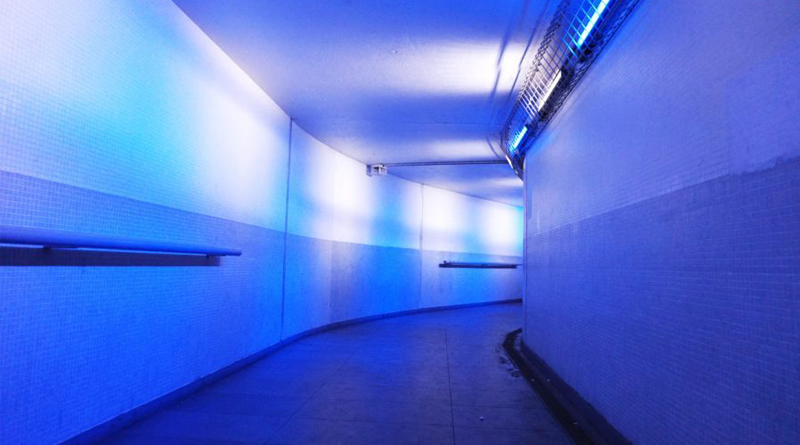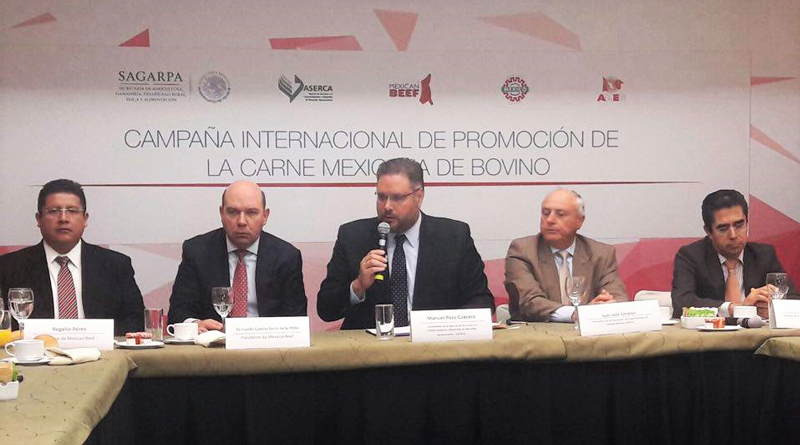A new study demonstrates that just one hour of exposure to blue light at night—the kind of light produced by the screens of our many devices—may raise blood sugar levels and increase sugar consumption in male rats. This study, led by researchers from the University of Strasbourg and University of Amsterdam, was presented at the annual conference of the Society for the Study of Ingestive Behavior (SSIB) in Utrecht, Netherlands.
Previous research has shown a strong correlation between obesity and the levels of artificial light at night. Much of the artificial light we are now exposed to comes from LED lights and LED screens, which emit high levels of blue light. Retinal cells of the eye are sensitive to this blue light and directly convey information to areas of the brain that regulate appetite.
In the study, researchers exposed rats to nighttime blue light and measured their food consumption and glucose tolerance the following day. It should be noted that, in order to better model human light exposure, the rats used in this study were diurnal, meaning awake during the day and asleep at night, rather than the typical nocturnal laboratory rats, which are awake during nighttime hours. The authors found that after only one hour of nocturnal blue light exposure, glucose tolerance was altered in male rats, a warning sign of pre-diabetes.
To investigate what happens with appetite control and food choice after exposure to blue light at night, the rats were given the option to choose among a nutritionally balanced food (standard rodent food), water, lard, and sugar water. After the exposure to blue light, they observed that the male animals drank more sugar that night than during the nights with no blue light exposure.
Source: IFT








